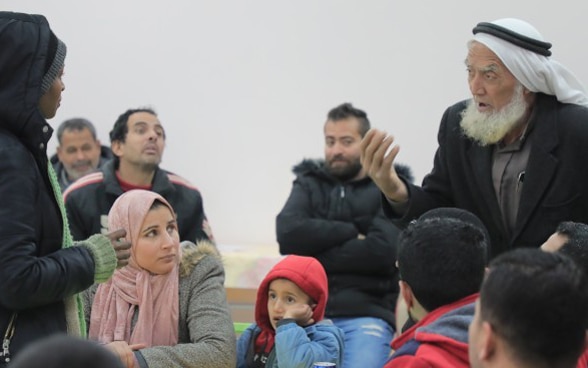
The Swiss Cooperation Programme for the Near East 2021–24 aims to contribute to peace efforts, the protection of human rights and economic opportunities in the Near East. It is guided by Switzerland’s Foreign Policy Strategy 2020–23, the International Cooperation Strategy 2021–24 (IC Strategy 2021–24) and the Middle East and North Africa (MENA) Strategy 2021–24. Switzerland‘s engagement in the region is grounded in the three criteria set out in the IC Strategy 2021–24: the needs of the local population, Swiss interests, and Switzerland’s added value. Other thematic strategies of the Federal Department of Foreign Affairs on Gender Equality and Women’s Rights as well as on Human Rights are important references.
In order to achieve its objectives, Switzerland will explore new fields of cooperation by venturing into new themes (innovation, job opportunities), establishing new partnerships (research, private sector where possible) and by bringing in Swiss expertise, while continuing its engagement for a just and sustainable solution to the conflict.
Cooperation Program Near East 2021-2024 (PDF, 948.8 kB, English)
Portfolios and outcomes for 2021–24
The new cooperation programme aims at enhancing prospects for Palestinians to live in dignity, prosperity and peace with Israel engaging in four thematic domains/portfolios. While the vulnerable population in the oPt is the primary beneficiary under the programme, Switzerland engages with all actors concerned in the oPt and Israel, including at regional and global level.
